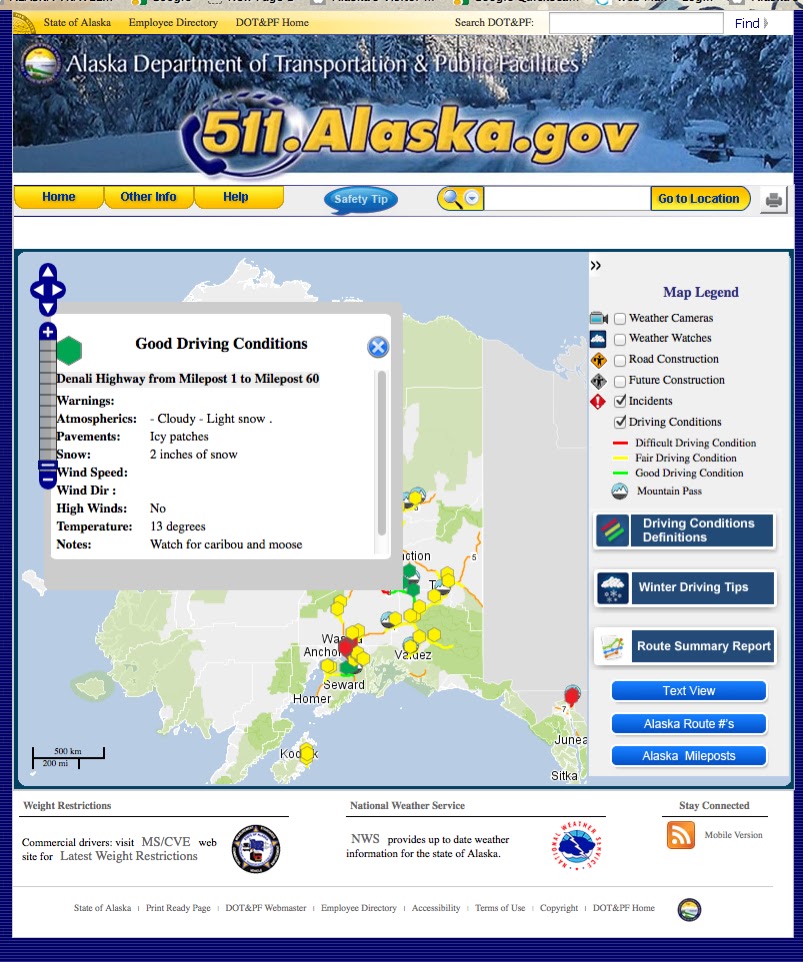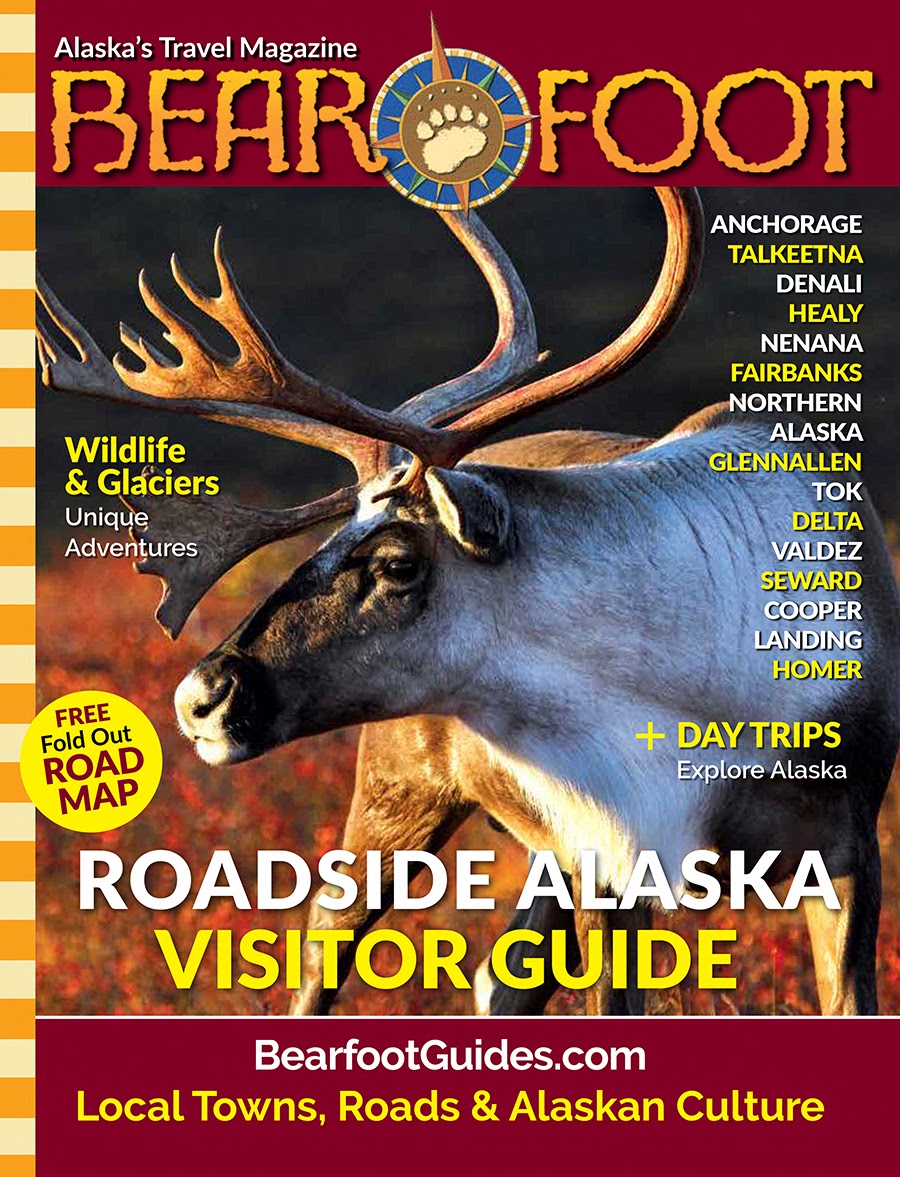News From The Iditarod Trail
Iditarod Race Blends Tradition Of Native Village Races, Trapper Culture, & Dog Sleds Used By Early Alaskan Mail Carriers WITH PERMISSI...
Iditarod Race Blends Tradition Of Native Village Races, Trapper Culture, & Dog Sleds Used By Early Alaskan Mail Carriers
WITH PERMISSION FROM: INDIAN COUNTRY TODAY (ICT) Richard Arlin Walker
Thirty-three mushers and dog teams set off from Fairbanks to Nome on Monday, March 3, in the 53rd Iditarod Trail Sled Dog Race. This year’s race is unique in many ways. Here are some highlights.
Serum Run: The 2025 Iditarod takes place during the 100th anniversary of the Serum Run of 1925, a relay of mushers and dog teams that fended off a diphtheria epidemic by delivering antitoxin to remote Alaska communities. The sled dog had been part of Alaska Native life for centuries, but – thanks to coverage in newspapers and on radio – the Serum Run of 1925 cemented the Alaska sled dog in the world’s eyes as a symbol of grit and tenacity.
Family ties: The Iditarod was founded in 1973 to keep alive the heritage of the Alaska sled dog, which was being supplanted by snow machines (snowmobiles, to you lower 48ers). This year’s race features several mushers with family ties to the first Iditarod: past champion Ryan Redington, grandson of race founder Joe Redington Sr.; three-time champion Mitch Seavey, whose father Dan competed in the first and 40th Iditarods, and several other in between; Jason Mackey, whose father Dick raced in the first Iditarod and won the race in 1978; and Brenda Mackey, Dick’s granddaughter and Jason’s niece. All told, six Mackeys, six Redingtons and six Seaveys have raced in the Iditarod. The Mackeys have produced three champions, the Seaveys two, and the Redingtons one.
Climate change: This year’s race casts the spotlight, as it has in past years, on a changing climate in Alaska. An estimated 114 Alaska Native communities “face some degree of infrastructure damage from erosion, flooding or permafrost melt,” the Associated Press reported, quoting a January 2024 report from the Alaska Native Health Tribal Consortium. Thawing permafrost is causing riverbank loss along the Kuskokwim and the Yukon rivers.
Several pre-Iditarod mid-distance races were canceled or rescheduled this year because of unusually warm weather and lack of snow; the Iditarod was also affected. The race usually starts in Willow and ends in Nome, a distance of 975 or 998 miles, depending on a route that alternates between odd and even years. But because of hazardous trail conditions resulting from lack of snow, this year’s race start was moved to Fairbanks. The race distance increased by about 130 miles.
Mushers and dog teams will check in at Nenana, Manley, Tanana, Ruby, Galena, Nulato, Kaltag, Eagle Island, Grayling, Anvik, Shageluk, Unalakleet, Shaktoolik, Koyuk, Elim, White Mountain and Safety before reaching Nome. Total distance: 1,128 miles, according to the Iditarod Race Committee.
Strategy and endurance: Mushers and dog teams are required to take one 24-hour rest and two eight-hour rests, although mushers generally feed and rest their teams as needed off-trail or at checkpoints. Training, nutrition, pace and timing of rests are all part of a team’s strategy. But that was upended with the move of the race start to Fairbanks. The route from Fairbanks to Nome is flatter than Willow to Nome, and mushers may decide to travel farther before taking their required 24-hour rest. But they’ll have to contend with conditions along the Yukon River.















